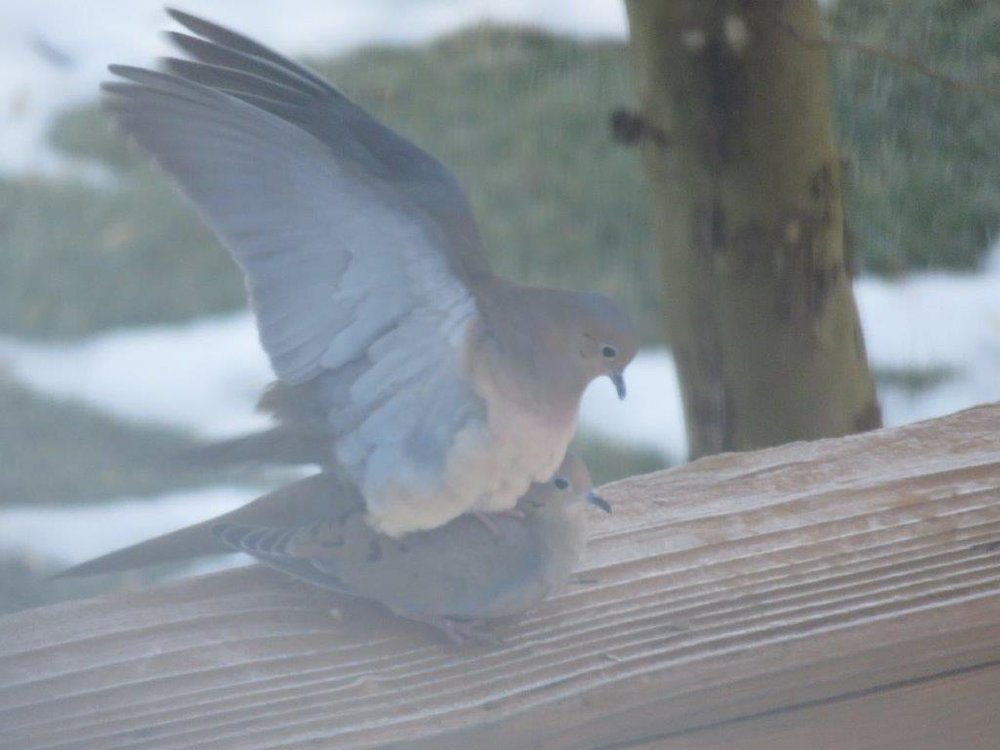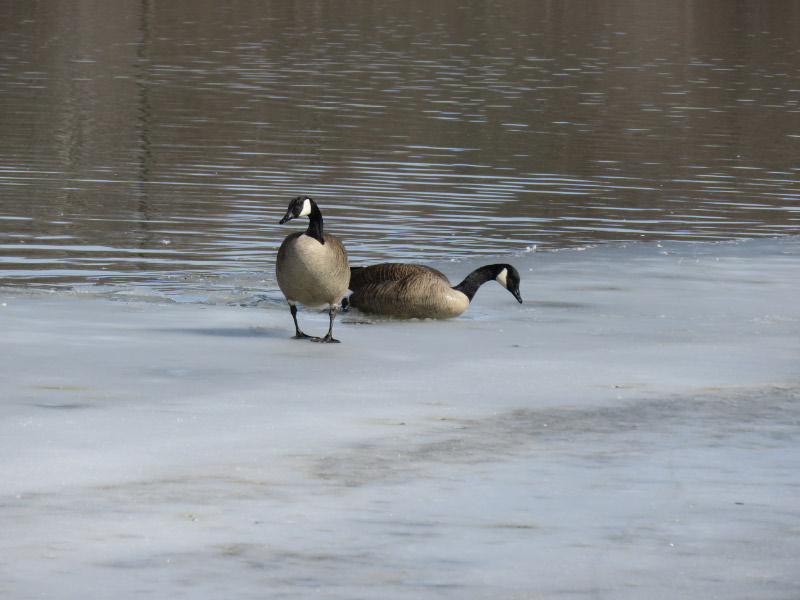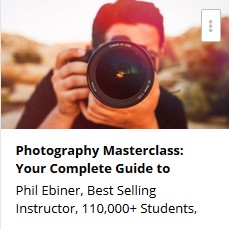Learning Log – February 2016
/There are so many ways that we learn new things. Since I started logging something new I learn every day – I am more conscious of how varied what I’m learning and the way I am learning it really is.
 Observation is a way to learn new things. Birds were very active in February in our area and two ‘new to me’ observations were mourning doves making and geese climbing from open water up onto ice!
Observation is a way to learn new things. Birds were very active in February in our area and two ‘new to me’ observations were mourning doves making and geese climbing from open water up onto ice!
Experience. Several items on my learning log fit this category: 1) I started experimenting with not wearing my glasses and discovered that I rarely need them when I am working at my computer…and the neck/shoulder discomfort I had started to feel sometimes later in the day has completely disappeared. 2) Another learning experience this month was having a thyroid nodule biopsy; it was not bad but I really am not keen to have another one. 3) I learned to use a laminator (to make a tree identification guide more durable). It isn’t a big thing but was ‘new to me.’
Books. I started looked at the Hathi Trust collection of online books; there are so many items there is it overwhelming; botanical prints are my first ‘theme’ for browsing. On the physical book side, I read several books about Wild Life Refuges and have already started applying what I read to vacation planning; we’re going to visit the 4 National Wildlife Refuges on the Eastern Shore (of Maryland and Virginia) in March: Eastern Neck, Blackwater, Prime Hook and Chincoteague. In the Internet Archive arena my theme for browsing in February was ‘wallpaper’ with particular focus on wallpaper catalogs from the year I was born!
 Udemy’s Photography Masterclass: Your Complete Guide to Photography). I finished as much of the class as I was interested in. I learned a few things but realized that I am spoiled by the quality of the courses I’ve taken on Coursera and Creative Live. The 4 Udemy courses I have taken are just not up to the same standard in terms of production or content.
Udemy’s Photography Masterclass: Your Complete Guide to Photography). I finished as much of the class as I was interested in. I learned a few things but realized that I am spoiled by the quality of the courses I’ve taken on Coursera and Creative Live. The 4 Udemy courses I have taken are just not up to the same standard in terms of production or content.
Coursera’s Soul Beliefs (Unit 1). I finished the 11 ‘weeks’ of lectures for this portion of the course and will start on the Unit 2 lectures in March.
Coming up in March – there are already some other types of learning coming up: travel and ‘live’ classes.


























